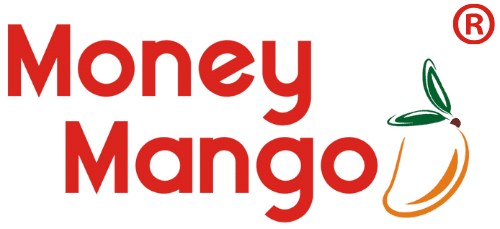With help of financial support and assistance from Banks and Housing Finance Companies, one can make their dream of owning a home come true. Availing Home Loan helps finance the home you want to buy and repay in monthly installments. Interests on Home Loans are significantly lower compared to other loan formats with faster disbursement. Buying homes has become easy and convenient.
Understanding the basics of a Home Loan becomes crucial when holding a discussion with the Lender or the Loan agent. It’ll help you make informed decisions with a clear idea of the process and parameters involved. Let’s get you started by listing the terminologies in Home Loan that will help you make the loan process easier.
EMIs – You might have already heard or know about EMIs (Equated Monthly Installments). It’s a common term used when you avail credit facility from an organized lender. EMI is the amount that a borrower should pay every month to repay their loan with an agreed tenure. It is calculated based on the loan value, tenure, and rate of interest. Want to try it out? Check out our EMI Calculator to understand how the installments are determined.
Credit Score – Every lender makes a Hard Check of Credit Score to determine the creditworthiness of the applicant. Rating agencies such as CIBIL and CRISIL aggregate all the credit one has availed in the past and those loan information as well. Based on various parameters such as On-time payments, EMIs, Credit Utilisation, Past defaults, etc. Using this score, the lender determines the risk factors and sees if the loan can be approved.
Loan Margin – Consider a Loan margin like a down payment while applying for a Home Loan. Once there is clarity on the value of the Property i.e Quote provided by the Property developer or agreed value with the current owner, Banks only finance a margin of this final value. In general, Banks expect you to contribute at least 20% of the home value while they sanction 80% of the home value which will be converted to EMIs for repayment.
Loan Disbursement – Once all the valid documents are received by the lender and confirm the creditworthiness of the applicant, the requested amount is sanctioned. Then the lending institution will release the sanctioned amount directly to the developer or the applicant. This process of releasing the loan amount is called Loan disbursement. It is further divided into three kinds namely Partial, Advance, and Full Disbursement.
Pre-Approved Property – Whenever a Home Loan application is received by the institution, they do a background check on the property to verify the applicant’s claims. This process usually consumes time. To avoid discrepancies, Builders, and Developers get their property pre-checked by popular banks and lenders and get the tag “Pre-Approved Property”. If you intend to buy a Pr-Approved Property, the loan process will be quick and hassle-free.
Post-dated Cheques – As the name says, Post-dated cheques are cheques written with future dates. Many lenders ask for post-dated cheques for EMI purposes. They can only be encashed on or after the mentioned date for the value written on it.
Resale Property – This term is generally used and employed when the Home Loan applicant is buying the property from another owner instead of the Bilder or the Developer. These properties are called Resale Properties. Buying a resale property requires additional paperwork and documentation such as current ownership, loans, liabilities if any, etc.
Fixed and Floating Interest rate – Before you apply for a Home Loan, the rate of interest offered by the lender becomes a key parameter. A fixed Interest rate means that levied rate of interest will remain the same throughout the agreed tenure. The rate of interest varies periodically depending upon external market factors in the case of Floating rate of Interest. The rate may rise or lessen in the second option.
Collateral – Whenever a loan is availed from Lending Institution, an asset has to pledge as security. In case the borrower fails to repay the loan, the lender recovers the loan by using the pledget asset. This asset is called Collateral. In the case of a Home Loan, the property which the applicant is buying is Collateral. This gives the lender the right to sell off the collateral to recover the loan amount.
Pre-Closure or Foreclosure – Availing a Home loan provides you an option to pay off your entire loan at once and close the loan account before the tenure ends. This condition is referred to as Foreclosure or Pre-closure. During the loan payoff, the lender will charge a nominal fee called Foreclosure Charges.
Conclusion
We believe to have done an effort to help you understand the terminologies that are key to helping make an informed decision while availing a Home Loan. Want to make things more hassle-free, get in touch with Money mango, a home DSA in Bangalore who can help facilitate easy Home Loans at the lowest possible interest.



Got Execute d 35 lakh construction loan of Haqpatra property near Many at a Tech Park Govindpur Bangalore North. Thank you so much To Money Mango.